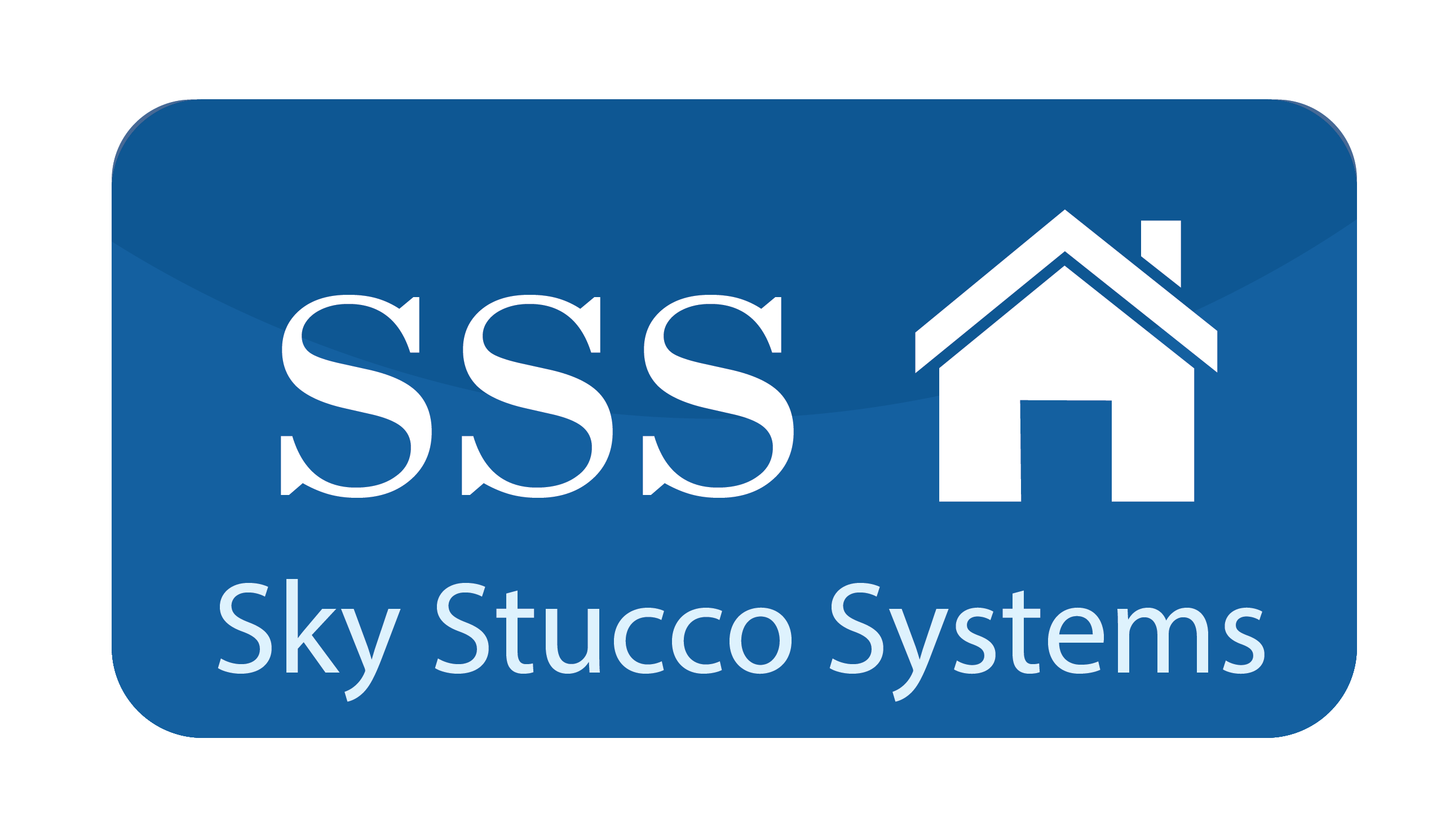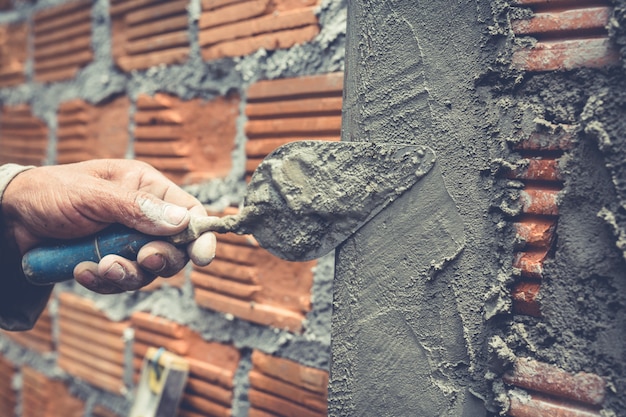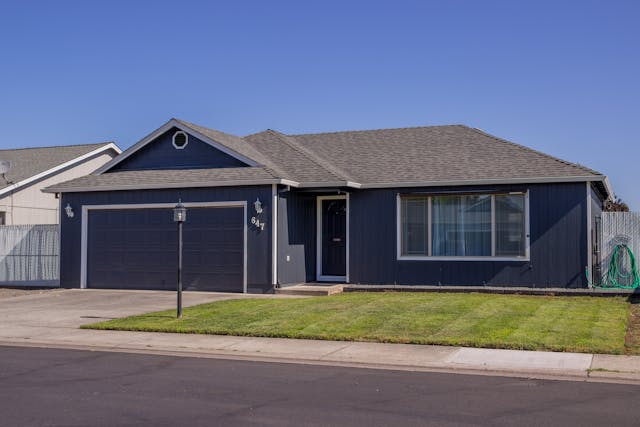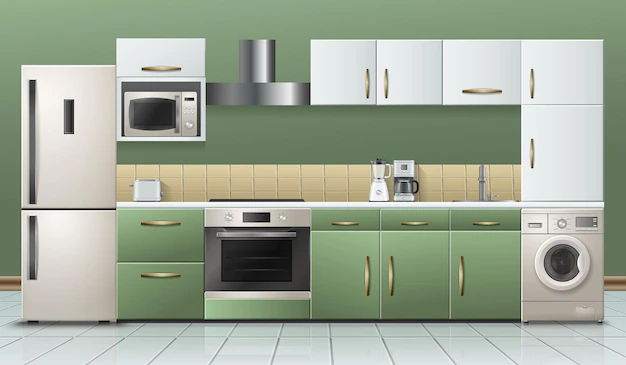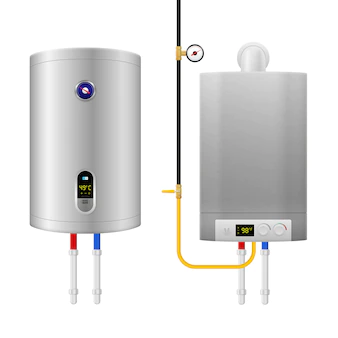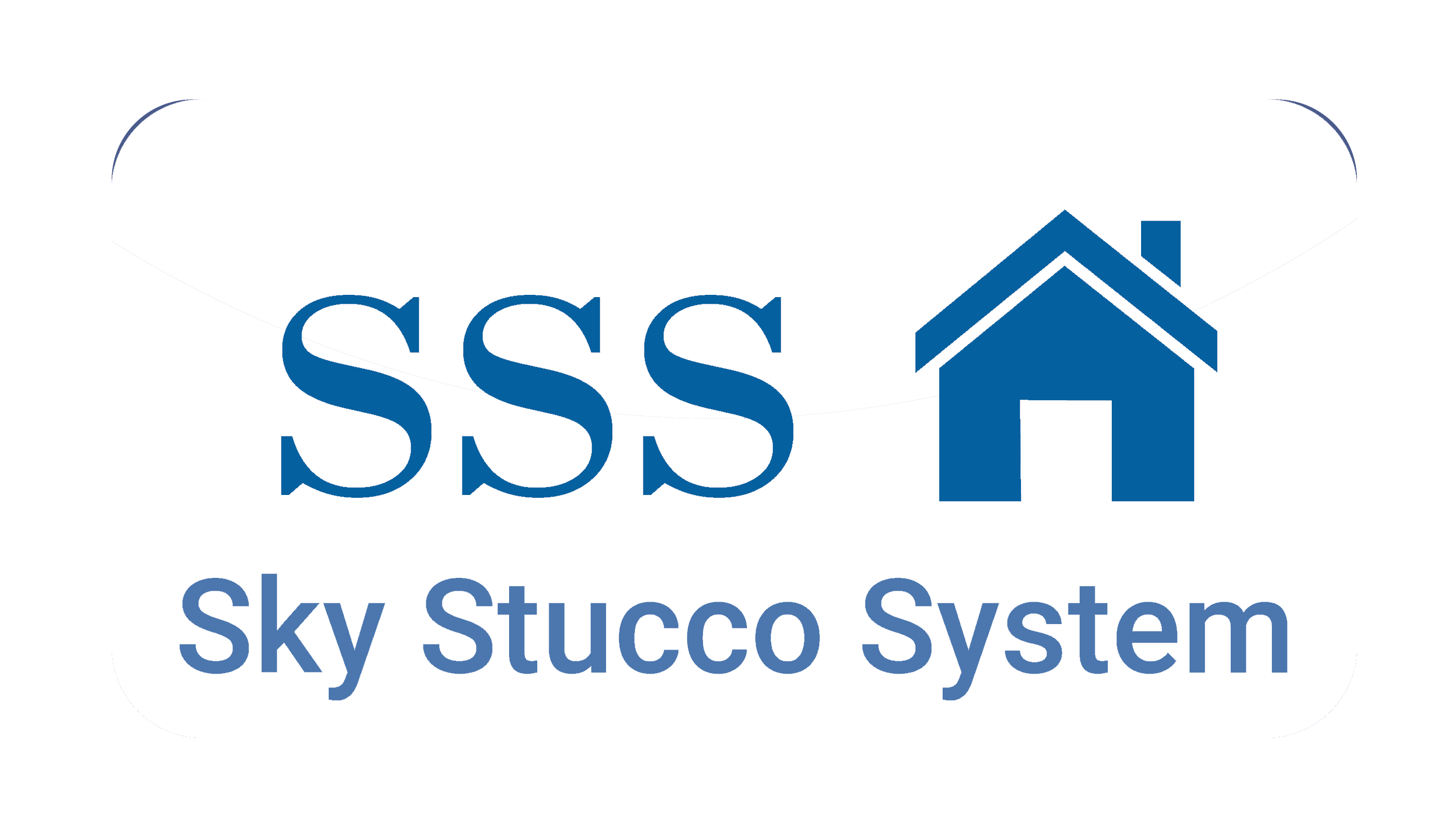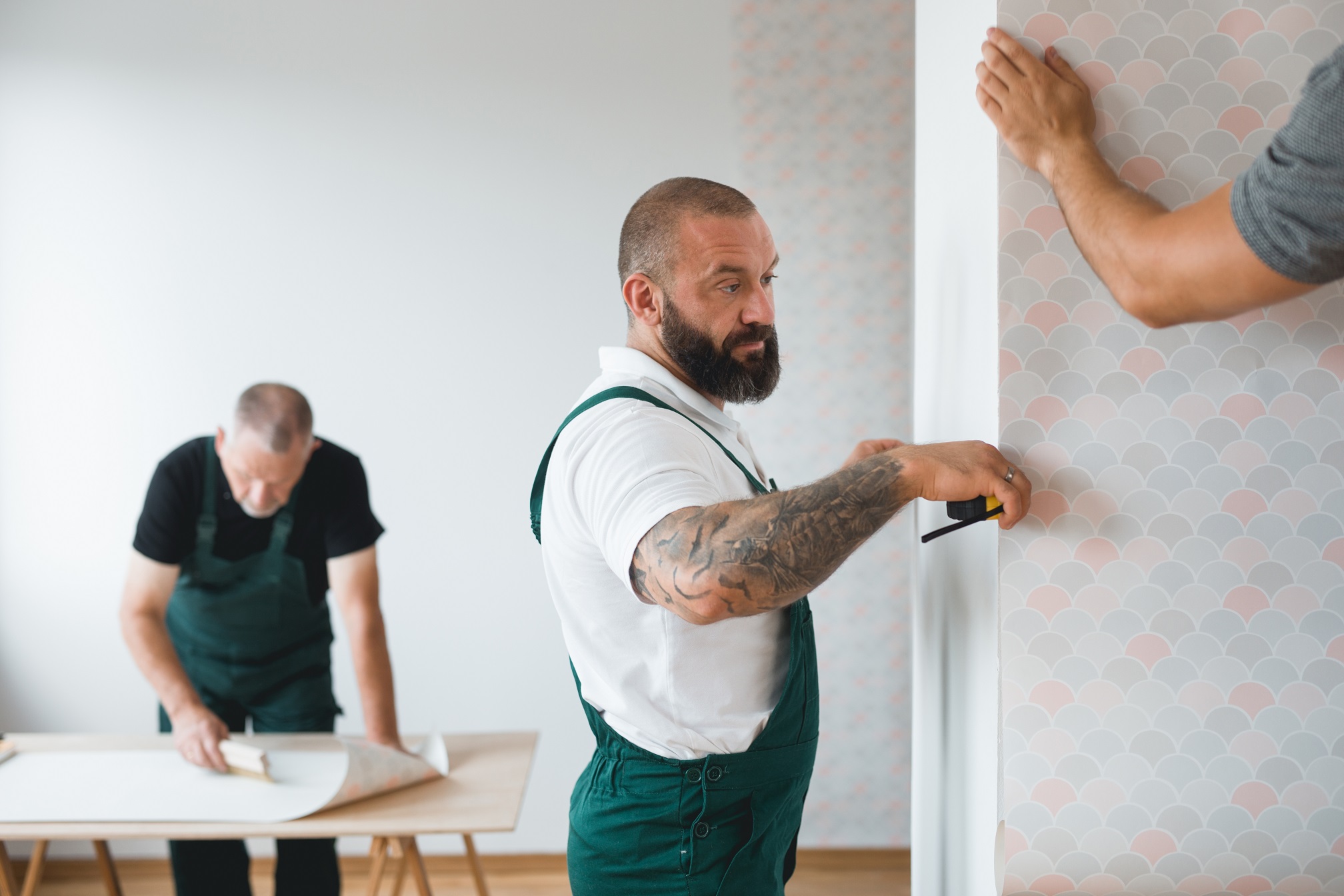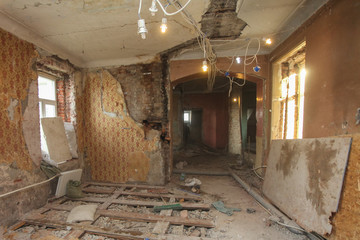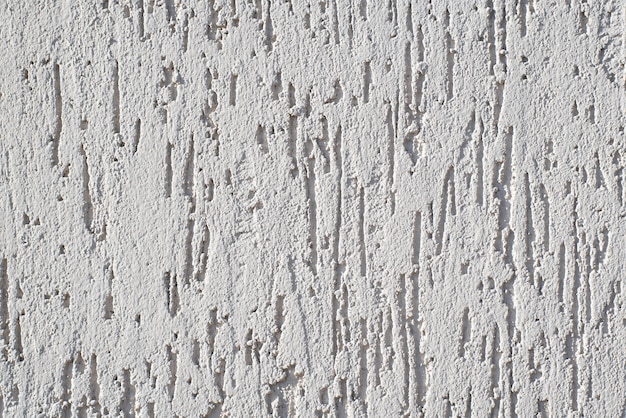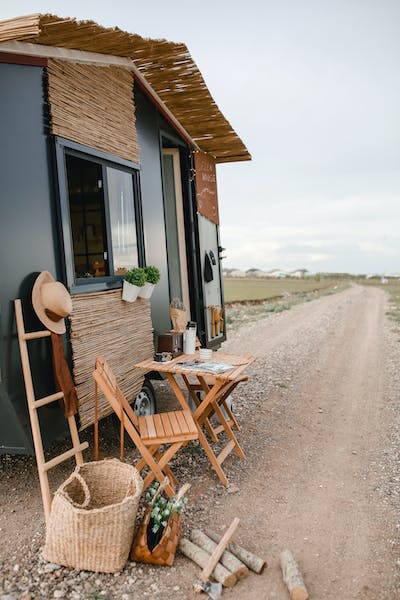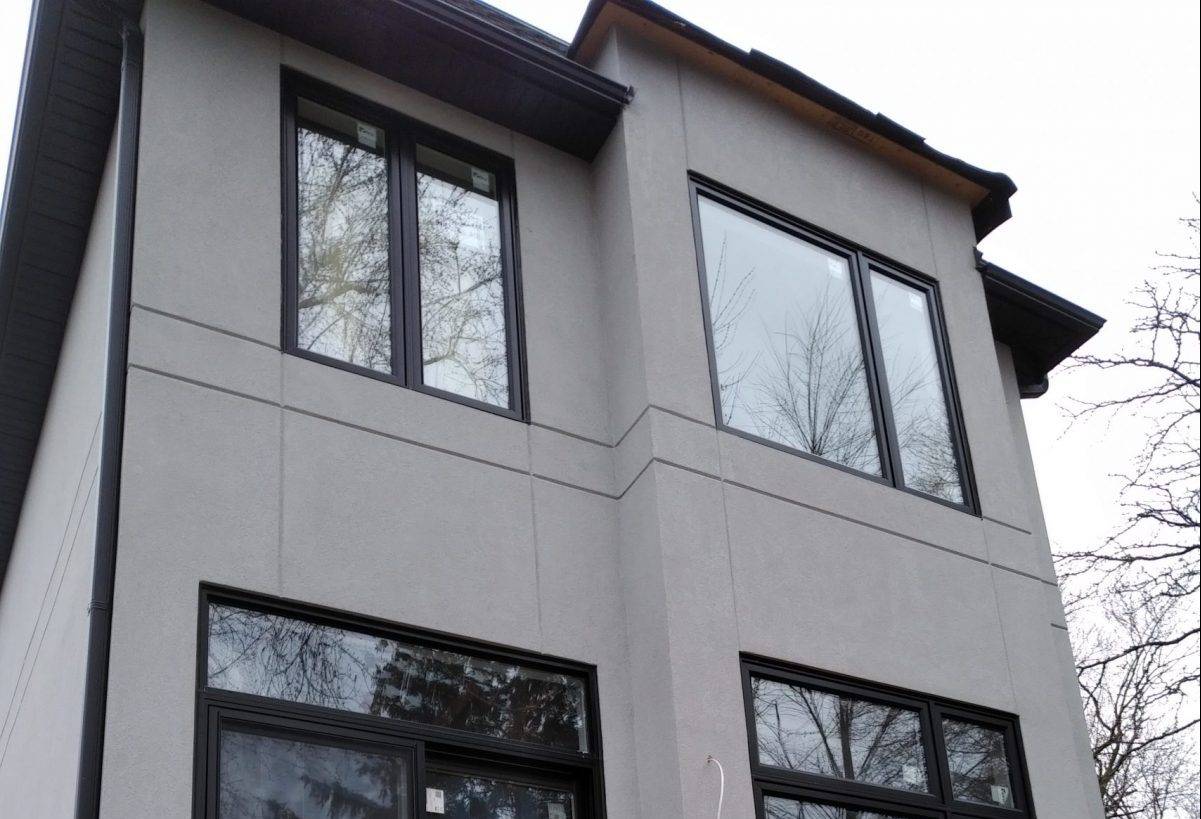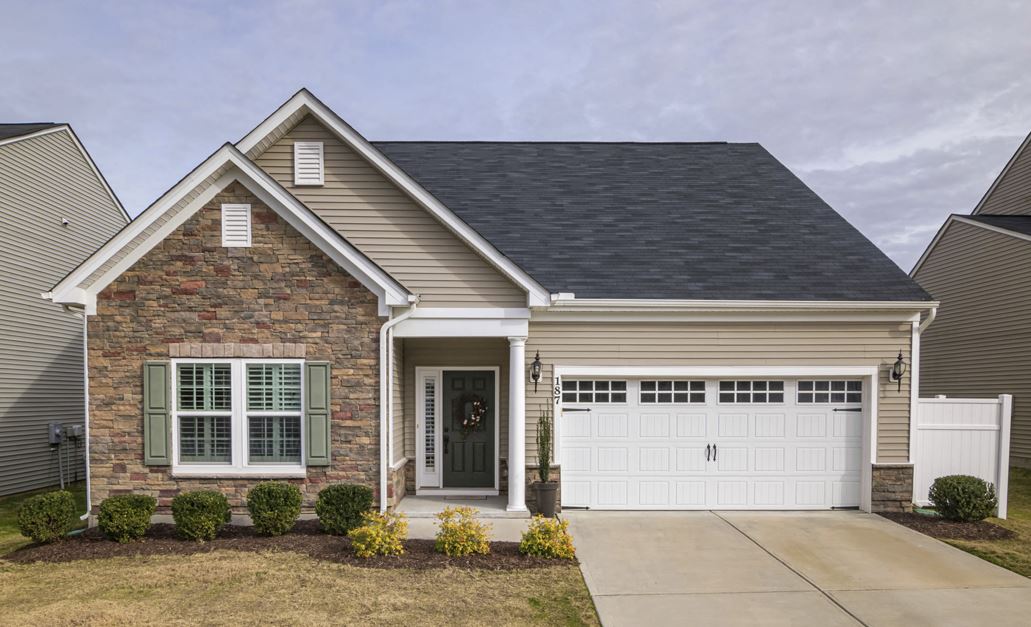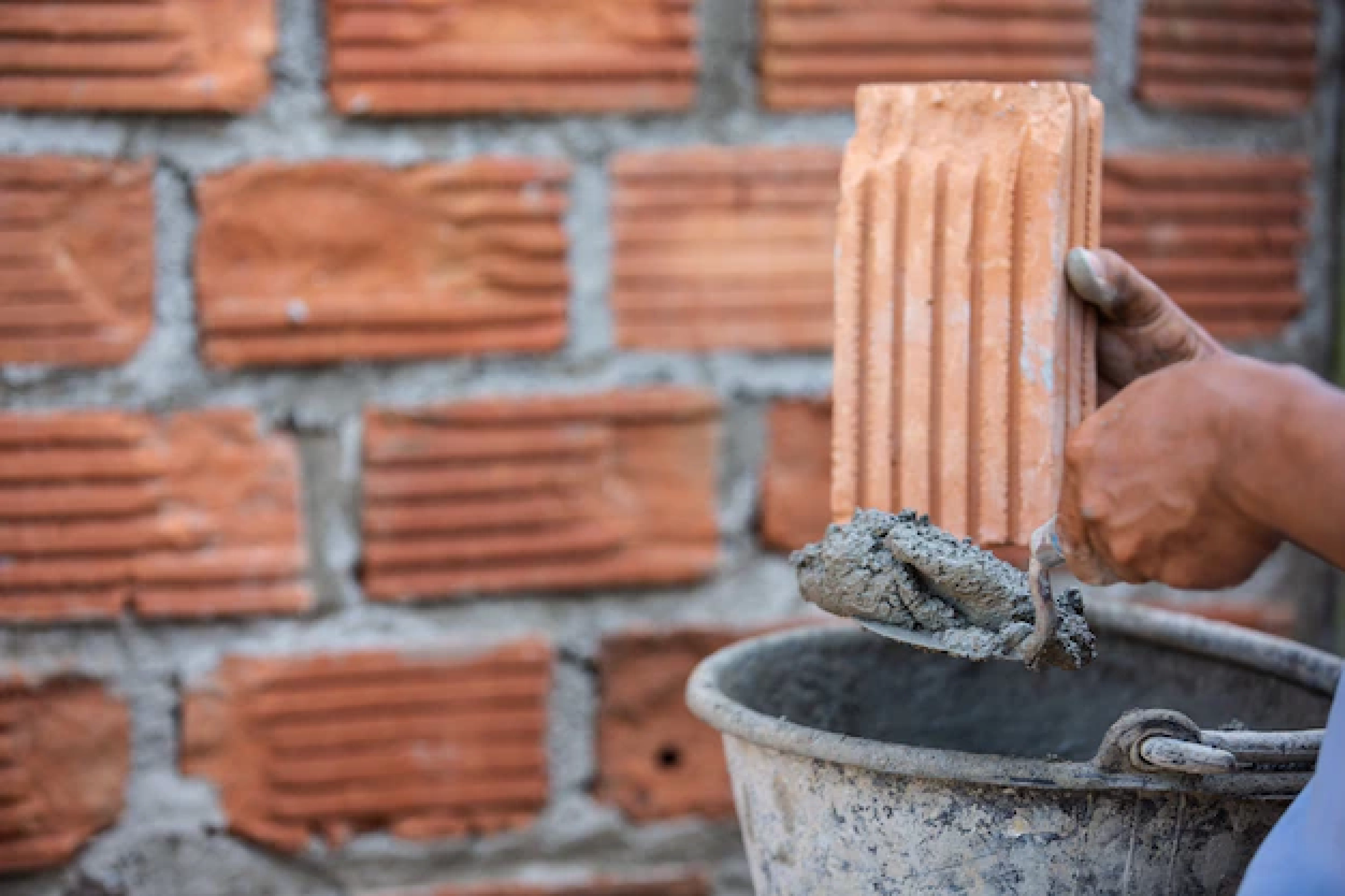
Stucco is a long-lasting material that can protect your property from the weather while also making the outside seem more attractive. When applied correctly, eifs stucco creates a robust barrier around the home that is also a job that can be completed quickly and at a low cost. We approve wholeheartedly of stucco, but were you aware that there are many types of stucco cladding for your home?
You can choose between classic stucco and synthetic stucco, often known as External Insulation and Finishing Systems (EIFS) stucco. How exactly do you decide which one would work best in your house?
Even while both systems, EIFS, and typical stucco, initially sound the same, there are significant distinctions between the two that impact how the stucco performs. In this article, we will talk about EIFS stucco.
What is EIFS?
External Insulation and Finishing Systems (EIFS) stucco is constructed differently from conventional stucco, which makes use of natural components and mesh. Instead, EIFS stucco is built using layers, each of which adds synthetic elements. Panels made of foam make up the initial layer of the structure. Then, after that, a fiberglass mesh, as well as a finishing eifs stucco coat, come next in the process. Some of these systems have water-repellent barriers or additional layers. When these layers are placed, EIFS offers a higher level of protection and insulation than conventional stucco does. But it is not without its share of potential hazards.
EIFS Stucco Process
Water Resistant Barriers (sometimes abbreviated as WRBs)
They are often placed as a component of what is known as a “premium system,” which gives the wall a greater resistance to water. However, they are not needed to be included as a component of an EIFS cladding and may be omitted entirely if desired.
Protection against Air and Moisture
According to the manufacturer’s specifications, the surface has been adequately coated with materials that prevent the accumulation of moisture and air proofing. Some products are rolled on the surface, while others are troweled.
Layer of Adhesive
The foam is held in place using an adhesive that is applied using a notched trowel. The notches on the trowel normally run in a vertical direction (up and down). Some adhesives are based on spray foam, and they will form a flawless bond using the moisture-proofing processes discussed earlier.
Panels of Insulation Constructed from Foam
Insulating foam sheets are used in all EIFS applications. These sheets are either adhered to the outside surface of wall frames using glue that is applied with a trowel or secured with mechanical fasteners.
The most common kind of foam that is utilized is known as expanded polystyrene. It is common practice to use foam as the principal insulator for wall construction. And the foam is offered in a range of thicknesses (the standard is 2 inches). When attaching the customary 2-inch-thick foam to the outer walls, polymer-modified cement is the material of choice.
Rasping
We start by covering the whole house in styrofoam with a specialized cement, then rasp the styrofoam until it is completely level.
Both the Mesh and the Finishing
Following this step, a coating of woven fiberglass reinforcement mesh is put on the outside surface of the foam. This layer is kept in place by a coat of glue that is applied using a trowel.
This is referred to as the base coat, and it is essential because it provides the finished system with increased impact strength. Wall surfaces made of EIFS would not be able to withstand wear and tear without the use of mesh.
A trowel is used to prime, paint, and plaster the surface. Which results from placing fiberglass mesh in the same cement used for the stucco. Fiberglass mesh, not wire mesh, is employed.
How long does EIFS stucco need to cure before freezing?
Plaster coatings must be shielded from freezing temperatures for at least twenty-four hours after the setting process has taken place.
The application of plaster must take place when the temperature of the surrounding air is greater than 40 ℉ (4 degrees Celsius), except if provisions are made to maintain the temperature of the cement plaster at or above 40 ℉ (4 degrees Celsius) before, during, and following the application process for 48 hours.
It is essential to keep in mind that the amount of time it takes for the stucco to dry will change depending on the temperature. The number of heaters and propane tanks used, or the height of the house. The higher the place, the more it will take for the lower sections to dry because heat rises from the ground up.
In addition, Sky Stucco System uses a Fan to blast the airflow inside the tarps. Making it the top stucco business in the industry. This ensures that everything dries evenly.
For every 1,000 square feet of wall space 21 feet high, two gas heaters must operate continuously for five hours if the temperature is -20. For reduced temperatures than -20, fans must circulate airflow regularly within the tarpaulin.
Frequently Asked Questions
Is Stucco a high-quality material?
Stucco outperforms other materials, such as wood and vinyl; it is unquestionably superior to both options. In several instances, it has even been proven to perform better than brick exteriors in terms of durability.
Almost entirely free of maintenance: Because it does not require painting or reinstallation, the effort and expense needed for maintenance are reduced.
How resistant is Stucco against damage?
The compressive strength of Stucco is comparable to that of concrete. However, its tensile strength is less. Although plaster can have compression values of up to 3000 psi. Its tensile strengths are only in the range of 100 to 200 psi.
Does Stucco act as a barrier against water?
Contrary to what many people believe about stucco walls, stucco walls are not water resistant at all. Water will soak itself into the Stucco as time goes on.
Most of the time, the building envelope has been compromised, which is the root cause of water seeping through the plaster.
Is there a season that is best for applying stucco?
It is true that stucco may be applied even in the wintertime when it is quite chilly outside. If you have an enclosure as well as a source of heat, you may apply stucco even in the middle of winter.
Why is stucco not often utilized in Midwestern construction?
Homes in the midwestern United States rarely have stucco. This is due to the siding material’s reputation for performing well in dry environments. Although stucco siding is excellent at insulating a building, it has a poor performance record when subjected to high humidity levels because it readily absorbs water.
What is the most significant issue that might arise with stucco on the outside?
It is possible for a home’s stucco failure to become a breeding ground for mold, rot, cracking, and crumbling if it does not have the proper space or is below the grade. This may occur when the stucco is under the grade or needs more room. In addition to this, the stucco will start to take in more moisture from the earth as time passes.
Conclusion
Sand, water, foam, and cement are some components that go into the production of Stucco, which is produced without synthetic ingredients.
These natural resources contribute to the product’s excellent ranking as an eco-friendly home siding option. Some stucco variants do not use cement, further enhancing the material’s capacity for environmental friendliness.
